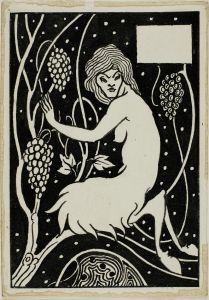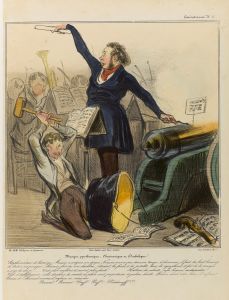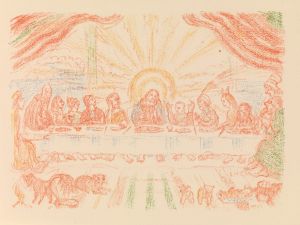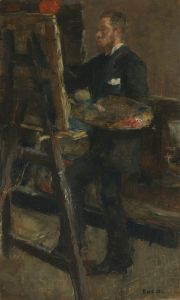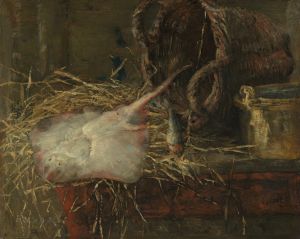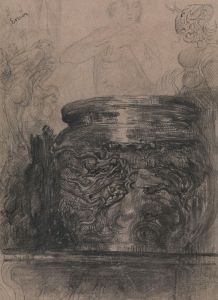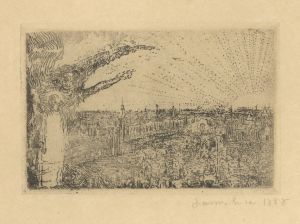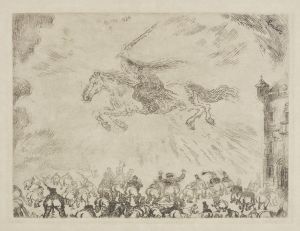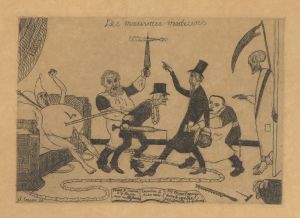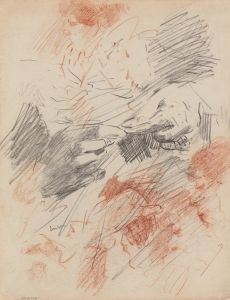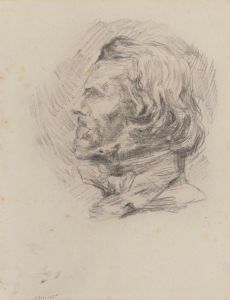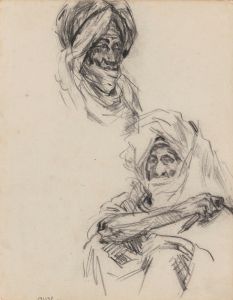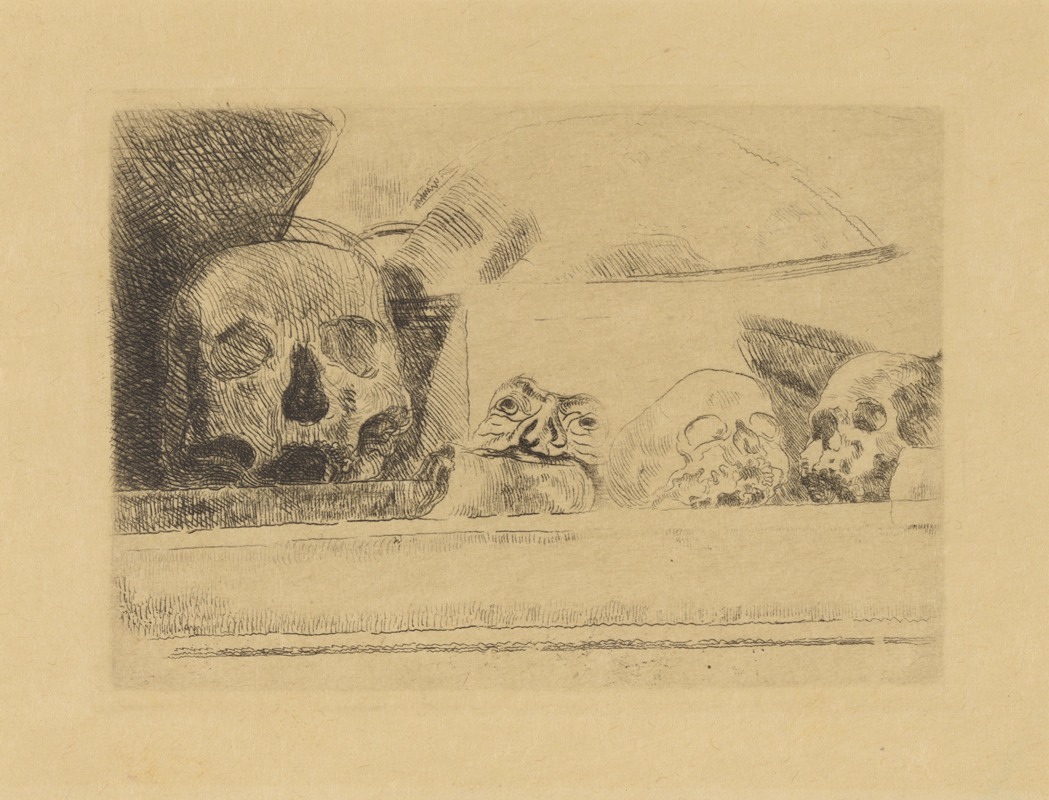
Schedels en maskers
A hand-painted replica of James Ensor’s masterpiece Schedels en maskers, meticulously crafted by professional artists to capture the true essence of the original. Each piece is created with museum-quality canvas and rare mineral pigments, carefully painted by experienced artists with delicate brushstrokes and rich, layered colors to perfectly recreate the texture of the original artwork. Unlike machine-printed reproductions, this hand-painted version brings the painting to life, infused with the artist’s emotions and skill in every stroke. Whether for personal collection or home decoration, it instantly elevates the artistic atmosphere of any space.
"Schedels en maskers" (Skulls and Masks) is a painting by the Belgian artist James Ensor, created in 1897. Ensor, born in 1860 in Ostend, Belgium, is known for his unique style that combines elements of symbolism and expressionism. His work often features grotesque imagery, satirical themes, and a vivid use of color, which are evident in "Schedels en maskers."
The painting is a striking example of Ensor's fascination with masks and the macabre. It depicts a collection of skulls and masks, arranged in a way that blurs the line between the living and the dead, the real and the artificial. This theme of masks is recurrent in Ensor's work, reflecting his interest in the idea of identity and the facades people wear in society. The masks in the painting are not just literal objects but also serve as metaphors for the personas people adopt.
Ensor's use of skulls in the painting can be linked to the memento mori tradition, which serves as a reminder of the inevitability of death. This theme is prevalent in many of Ensor's works, where he explores the transient nature of life and the futility of human endeavors. The juxtaposition of masks and skulls in "Schedels en maskers" creates a powerful commentary on the human condition, highlighting the tension between appearance and reality.
The painting is executed with Ensor's characteristic bold brushwork and vibrant color palette. His use of color is particularly noteworthy, as it adds a sense of drama and intensity to the composition. The vivid hues contrast sharply with the somber subject matter, creating a dynamic visual experience that captures the viewer's attention.
James Ensor was a pivotal figure in the development of modern art in Belgium and had a significant influence on later movements such as expressionism and surrealism. His work was often controversial during his lifetime, as it challenged conventional artistic norms and societal values. Despite facing criticism, Ensor remained committed to his unique vision, and his work has since been recognized for its innovative and thought-provoking qualities.
"Schedels en maskers" is housed in the Royal Museum of Fine Arts in Antwerp, Belgium, where it continues to be appreciated for its artistic and historical significance. The painting is an excellent representation of Ensor's ability to blend the grotesque with the beautiful, the humorous with the serious, and the real with the imaginary. Through this work, Ensor invites viewers to reflect on the masks they wear and the underlying truths they may conceal.
In summary, "Schedels en maskers" is a quintessential example of James Ensor's artistic style and thematic concerns. It encapsulates his fascination with masks, death, and the human psyche, offering a compelling insight into the complexities of identity and existence.





